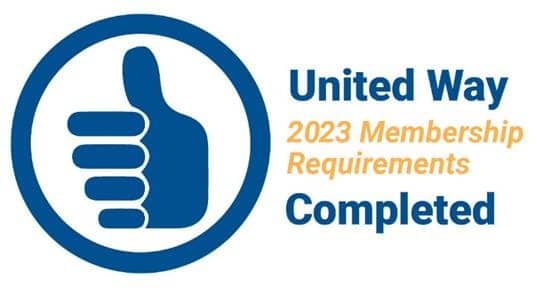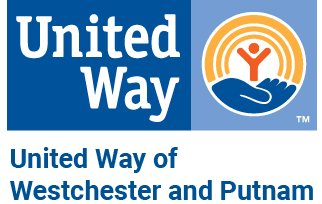
Education - Day 1 School Segregation

Welcome to the Racial Equity and Social Justice Challenge. This week we will discuss the history and impact of inequity within our education systems. Over 65 years ago the Supreme Court’s ruling in the landmark Brown vs. Board of Education case declared racial segregation unconstitutional, yet today we see our schools just as segregated, if not more, than in 1954. The result of this continued segregation has perpetuated a lasting negative effect on children and communities of color. Today we will explore that history and it’s continued and renewed impact on our education systems.
Read this article on how busing within school districts was implemented as a way to break segregation’s stranglehold in education and its effect on generations of students. Find out how in 2021, we find our schools once again segregated.
BRIC TV examines the reasons why New York City schools are the most segregated in the nation.
Read this quick piece to better understand how America has used schools as a weapon against Native Americans. From years of coercive assimilation and historical trauma, generations of Native children find themselves suffering with subpar education outcomes.
Find
Districts can draw school zones to make classrooms more or less racially segregated. Read this quick article and find your school district to see how well it’s doing.
Take Action
Participate in the Westchester Equity Challenge Facebook Group and share with others what you have learned.
These articles were curated by a local committee to be used as a list of resources pertinent to DEI topics. The 21-Day Racial Equity Challenge Committee would like to thank and give attribution to those who created the content above, which reflects their individual perspectives. We do not support nor endorse any advertisements associated with the above content.
336 Central Park Avenue
White Plains, NY 10606
914.997.6700
Privacy Policy
Board Portal
Career Opportunities

